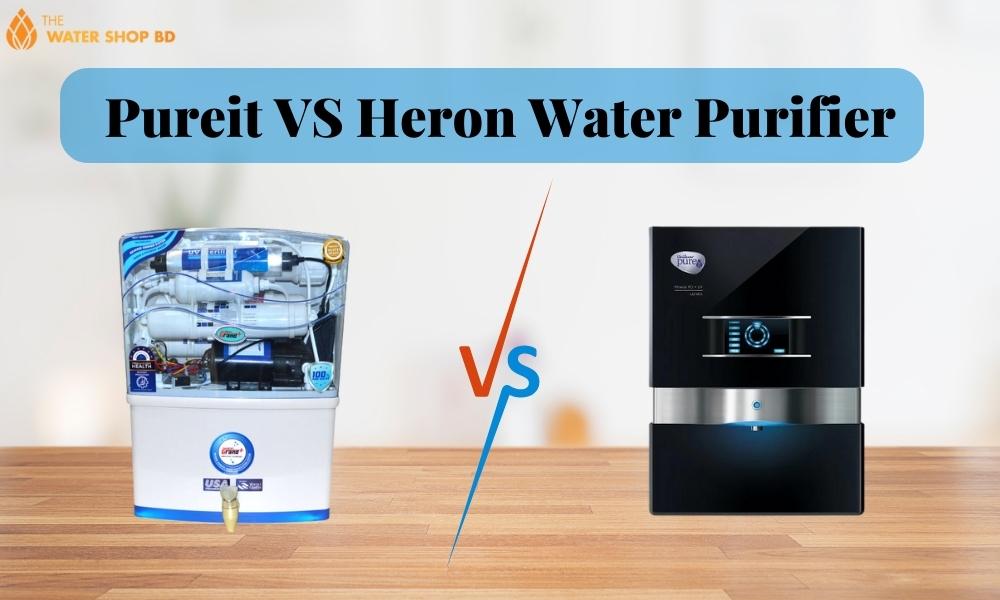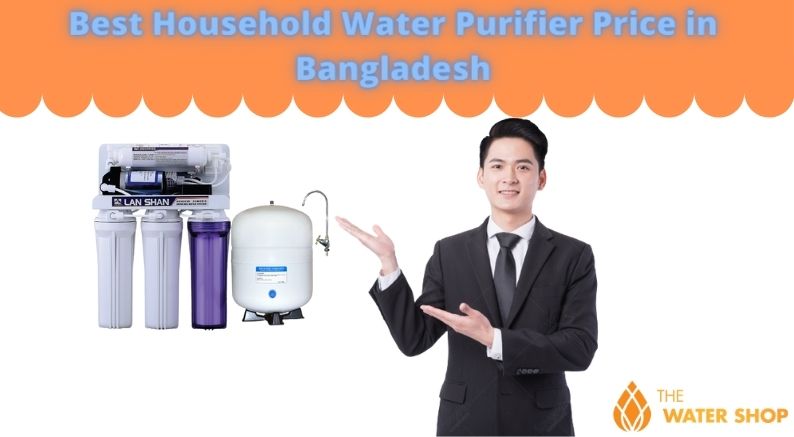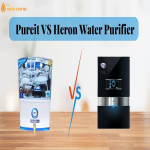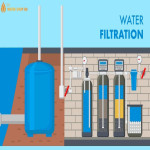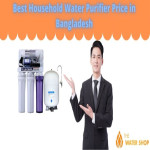A clean and convenient water supply is essential for society's public health and well-being. While there are various conventional water treatment technologies available, these systems would be inappropriate or too expensive for a large population in rural parts of developing countries.
Source of villager’s drinking water

Now most villagers get their water from a borewell or tube well or just get their water from the rivers or lakes. In developing countries rivers or lakes are very much polluted and the water one gets from there is unhealthy and non consumable.
Borewell water is generally safe to drink, however due to its hardness and pollution level, it is not 100 percent pure. Borewell water may contain germs, viruses, and heavy metals such as arsenic, fluoride, and lead, among other contaminants. And it might taste a bit sour but it doesn't exactly cause health hazards.
According to the Water Quality Association and the US Department of Interior, hard water is safe to drink and does not create health problems unless there is a high degree of metal contamination, such as arsenic.
And one should check the hardness of the water with a TDS metre before it’s too late or else it will cause health issues later. Basically, a TDS value more than 200 ppm is considered to be hard water but it also depends on the other contaminants in the water.
Read also: Which Water Purifier Is Best For Health?
What kind of water purifier should be used for borewell water?
Mainly it is recommended to use a RO+UV filter, in case the water has heavy metals like arsenic. If your water is free of heavy metals and has a TDS level of 300 ppm and has a sour and nasty taste then a simple RO water purifier will do just the work for you.
If your water contains no impurities and has a TDS level of 200-300 PPM, you can use a basic gravity-based water purifier. This will purify your water as well as revamp the taste of the water. But if you have no financial issue then RO+UV filter will be the best choice for you.
Read also: Is RO water good for health?
Some traditional water purification system for village

Rural communities all throughout the world have adopted simple and primitive treatment systems aimed primarily at filtering obvious pollutants from water collected from local sources.
Although these old methods are convenient and can remove some types of particles from water, they do not necessarily offer water of drinking quality in the current scenario.
However, the water they gain from these old methods is somehow acceptable and with some small steps of sterilisation, they could be able to produce pathogen-free water. Some traditional methods are-
- Filtration through winnowing sieve
- Filtration through cloth
- Filtration through clay vessels
- Clarification and filtration through plant material
- Jempeng stone filter method
Suitability of some water purification technology for rural
Existing water purification system techniques range from simple and low-cost to advanced and costly. Therefore, these technologies prevent many water borne diseases from happening.
Boiling
To destroy any disease-causing bacteria that may be present, boiling the water is recommended. But boiling is an inefficient method of purifying drinking water for the rural poor since it consumes too much energy. Boiling raises the dangers of heavy metals in drinking water, among other things. Higher quantities of heavy metals gather in the drinking water as the water evaporates during the boiling process. so , boiling may not be the most ideal purifier for rural areas.
Solar Water Disinfection (SODIS)
Solar Water Disinfection (SODIS) filters drinking water in 1 - 2 L plastic bottles that are placed in direct sunlight on a corrugated steel sheet. The water is ready to drink after it has reached a temperature of 60 to 80°C (140 - 176°F) for at least 4 hours.
But this system has limitations. It doesn't kill all viruses and protozoa. Also it’s not suggested for infants under 18 months. Also this system is difficult to monitor.
Reverse Osmosis
Bacteria, salts, carbohydrates, proteins, particles, dyes, heavy metals, chlorine, and other pollutants with a molecular weight larger than 150 – 250 daltons are removed via reverse osmosis (RO).
The RO process is fairly slow, requiring between 11.4 and 38 litres (3 - 10 gallons) of untreated water for every 3.8 litres (1 gallon) of purified water, making it difficult to utilise in locations where water is limited.
Also it needs a secondary treatment like UV with it for the water which may have biological pollutants. That’s why only RO may not be the practical solution for a village.
Chemicals
Iodine and chlorine are good in destroying most bacterias, viruses and protozoa. But there are some deadly viruses which these two chemicals can’t remove and it causes illness in the long run.
The concentration of chlorine that can be used to disinfect water is limited because adding too much chlorine to drinking water can induce organ damage or death in humans. If used over a lengthy period of time, both iodine and chlorine can induce negative effects in people.
For all sorts of pathogens in drinking water, ozone is the most effective disinfection. It just leaves a small amount of residue in the water, if any at all. But the problem with the ozonation system is it’s pricey and not everyone’s cup of tea.
Ultraviolet systems
UVC has been shown to destroy or inactivate a wide variety of viruses, bacteria, protozoa, helminthes, yeast, and mold.
UV purification systems have the advantage of being able to treat drinking water for all segments of population, unlike other disinfection technologies such as iodine and chlorine. Also UV purification doesn’t leave any excess disinfect components in the water.
Slow sand
Slow sand technology filters water through sand, but at a slow pace. They actually help with removing the bacteria, protozoa, and organics from water.
But this system needs intense maintenance and a very fine quality sand, which are mostly not available in rural areas or else it leads to contamination.
Considering the benefits of drawbacks of each technology. Some of the household water purifiers amalgamate numerous types of water treatment techniques.
From the above mentioned solutions, it’s understood that in rural area one needs to carefully observe first and then choose a water filter and the best purification system a rural area can have is the RO+UV purifier.



